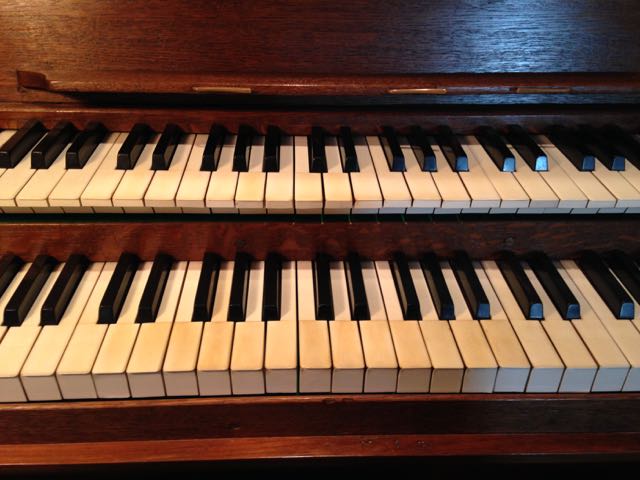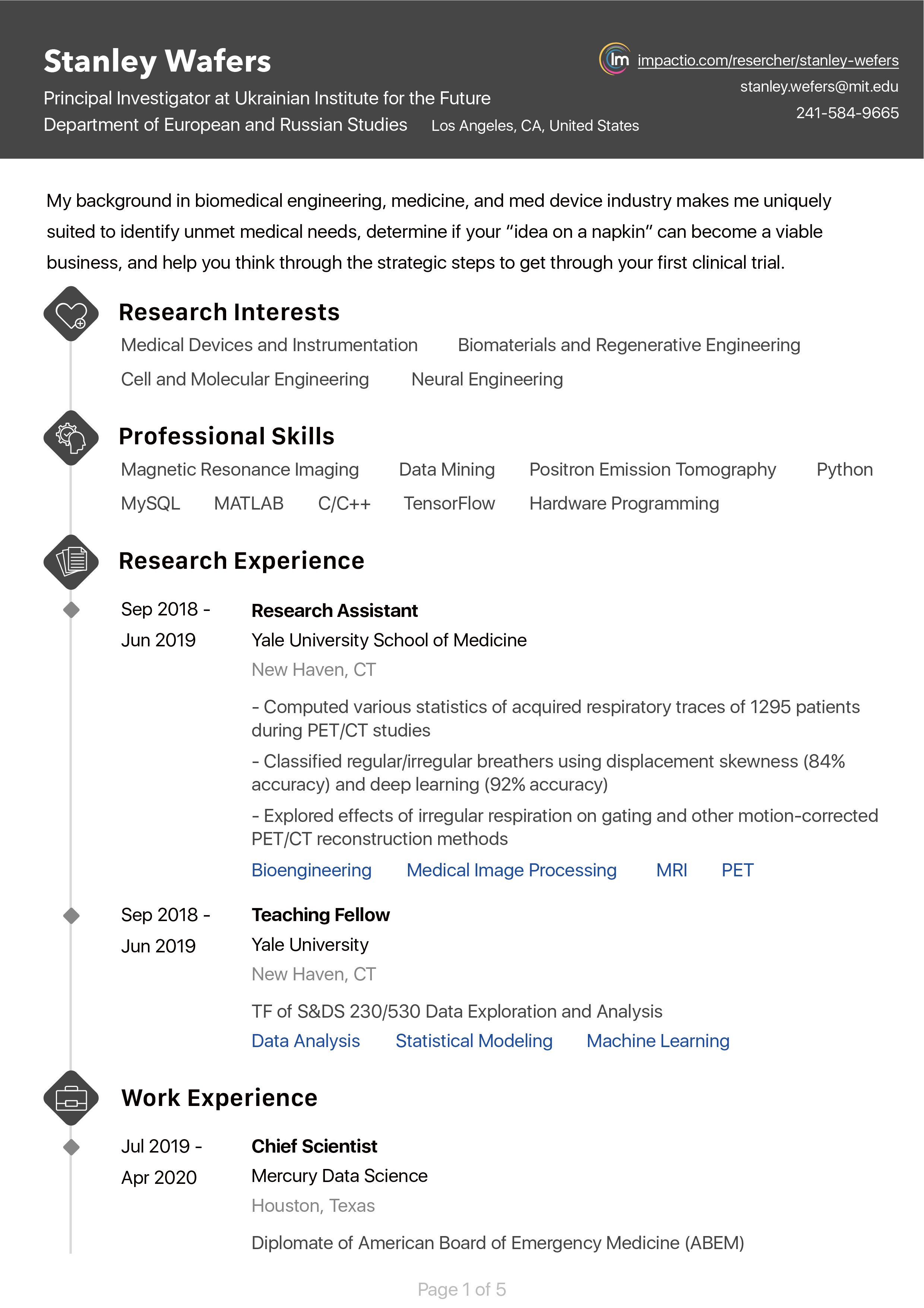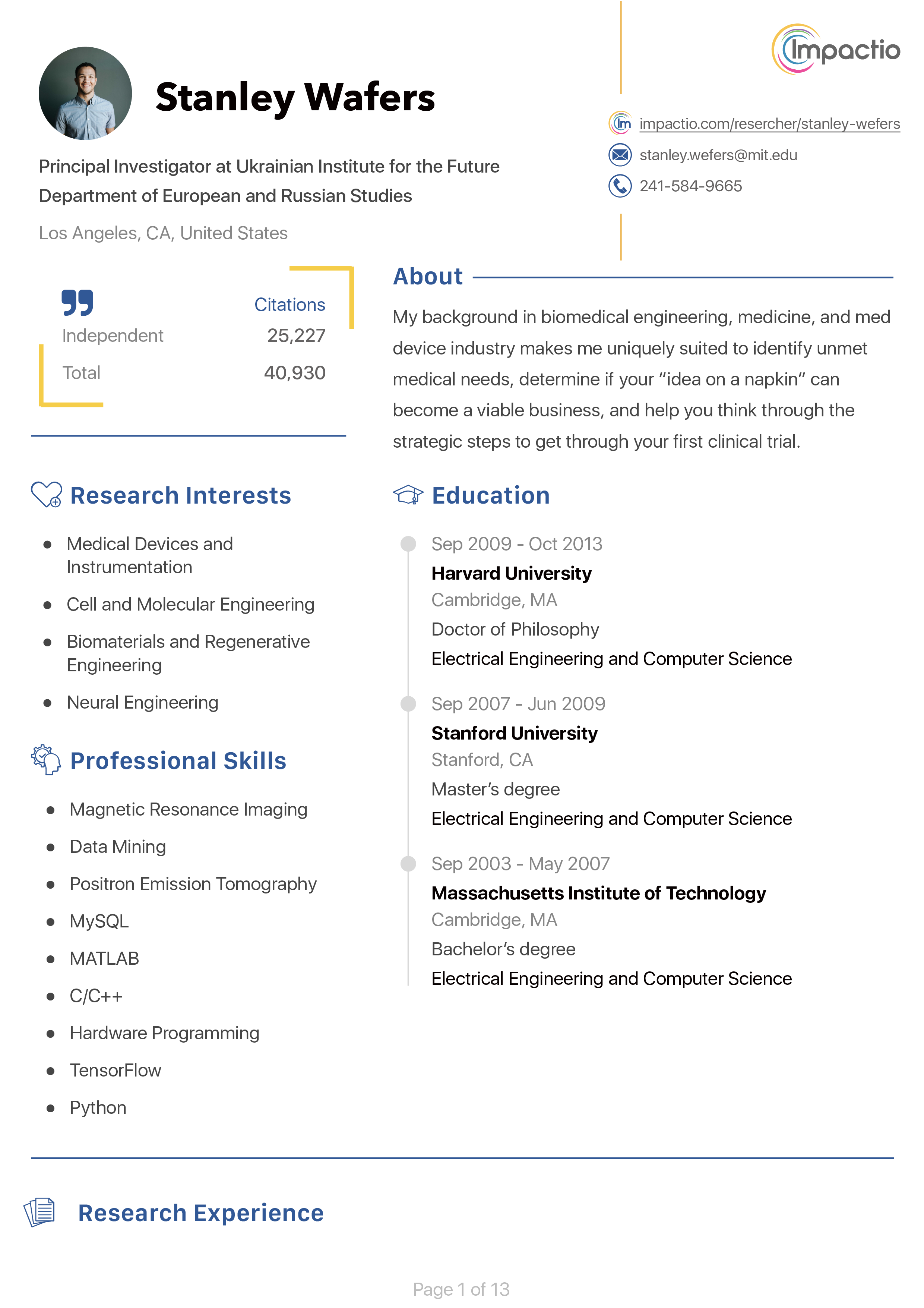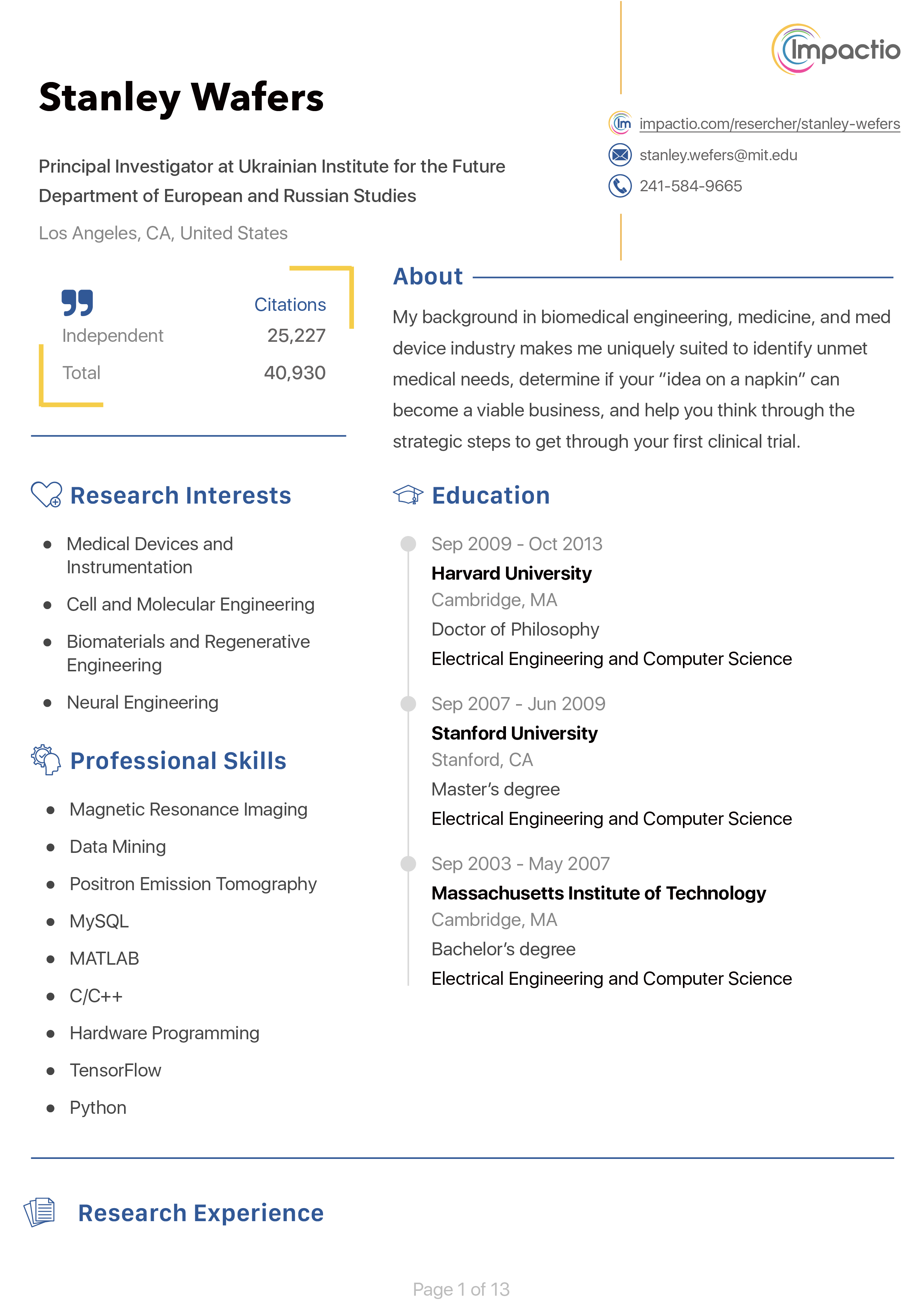Roger Hansford’s research interests revolve around nineteenth-century romanticism, particularly keyboard and vocal music in Victorian Britain and their literary contexts. At University of Southampton, Roger was among the early supporters of the Southampton Centre for Nineteenth-Century Research, and a teaching assistant for the undergraduate course ‘Materials of Music History, 1500–1900’. He has presented research papers at the Biennial Conference on Nineteenth-Century Music, the Biennial Conference on Music in Nineteenth-Century Britain, and at University of Southampton’s ‘Other Voices Study Day’ and 'Reform' Conferences. Roger holds a Post-Graduate Certificate in music education, and gained distinction for his MMus in Musicology. His doctoral research attracted funding from the Arts & Humanities Research Council and led to the 2017 monograph 'Figures of the Imagination: Fiction and Song in Britain, 1790–1850' (Taylor & Francis). In 'Modern Language Review' 114 no. 1 (2019), Dr Melissa Dickson reviewed the monograph as an academic text that is 'both impressive in its scholarship and a pleasurable read, paving the way for future research . . .'. Her review also comments that, 'Hansford's book . . . is both unusual and skilful in its combination of detailed musical analysis with close readings of literary texts'. In March 2020, Roger was awarded the Stephen Copley Research Award by the British Association for Romantic Studies to support research for an article in the 'Journal of Victorian Culture' (Oxford University Press).
Member of the editorial board for the open-access journal that publishes intellectually-stimulating new research across the humanities on the long nineteenth century (1789-1914).
This thesis explores relationships between music produced around 1800 for domestic consumption and the fictional genre of romance – a genre of fantastic atmospheres, settings and characters, quest plots with dramatic events, and a sense of antiquity and desire that represents remoteness and addresses the cultural periphery. What this fiction says about music offers a new view of romanticism in British print culture, making this thesis serve as counterhistory to studies of nineteenth-century European operatic and orchestral canons and their links with later fiction.
I survey the use of music in romance novels by Ann Radcliffe, Matthew Lewis, Sir Walter Scott and James Hogg in the period 1790-1830, interrogating the ways that music served to create mood and atmosphere, enlivened social scenes and contributed to plot developments. I explore the connections between musical scenes in romance fiction and the domestic song literature – short accompanied songs, both sacred and secular, by composers such as Thomas Attwood, John Wall Callcott, Matthew Cooke, John Baptist Cramer, John Barnett, François Hippolyte Barthélemon, Charles Dibdin, William Hawes, Thomas Moore, John Parry, William Reeve, Reginald Spofforth, and Sir John Stevenson.
My intersectional reading revolves around a series of imaginative figures – including the minstrel, fairies, ghosts, witches, and other supernatural figures, and Christians engaged both in virtue and vice – the identities of which remained generally consistent as influence passed between the art forms. While authors quoted song lyrics and included musical descriptions and characters, their novels recorded and modelled the performance of songs by the middle and upper classes, influencing the work of composers and the actions of contemporary performers who read romance fiction.
My thesis shows how the intersection of romances with vocal music recorded a society on the cusp of modernisation, with a printing industry emerging to serve people’s growing appetites for entertainment amidst their changing views of religion and the occult. No mere diversion, fiction was integral to musical culture and together both art forms reveal key intellectual currents that circulated in the early nineteenth-century British home.
Chopin’s four Ballades of 1836-43 were the first through-composed, single-movement piano pieces to carry the title ‘Ballade’; they were a genre of novelty and individuality. But their origins in recognised musical techniques of the nineteenth-century and earlier are clearly evident. The title ‘Ballade’ recalls the poetic ballads – a narrative literary genre – such as by Adam Mickiewicz who, like Chopin, was a Polish expatriate living in Paris during the 1830s. Some scholars have explained the Ballades as settings of narrative poems, or nationalistic evocations of plots from Polish history or folklore. But musical influences from the programmatic piano pieces, operatic ballades, and the classical sonatas Chopin knew must also be considered.
The analysis of Chopin’s piano Ballades as sonata structures may be problematic because, although each consists of two themes that are exposed and undergo some aspects of development and/or recapitulation, classical expectations of these functions are rarely fulfilled in them. Yet many works contemporary with Chopin’s Ballades – including his own other large-scale pieces – reworked the sonata form, an aspect of composition known as the “renovation”, “dissolution” or “deformation” of this form.
Chopin’s manipulations of sonata form’s structural “norms” have an expressive effect within the context of Romantic aesthetics, helping to impart the sense of narrativity evoked by the title ‘Ballade’. Recent theories of narrativity explain how a modern listener’s interpretation enhances Chopin’s narrative intentions in the Ballades, obviating the need for any piece to illustrate a specific literary plot or programme in order to narrate. The continuity and variety within the thematic development, modulations, motivic derivation, and the use of musical topics as a sequence of expressive states, creates a musical emulation of a narrative discourse. In this way the Ballades, despite their structural differences, have generic coherence because of their musical narrativity.
Developing young musicians through running concerts, music competitions, scholarship examinations, workshops, and off-site visits. Leading school choir and concert band, and overseeing the success of soul band, flute choir, chamber choir, guitar ensemble and string orchestra, and other ensembles. Musical Director for productions of We Will Rock You, My Fair Lady, A Christmas Carol, and Alice in Wonderland. Leading a team of specialist teachers in the administration and delivery of individual instrumental tuition. Preparing students for performance and aural examinations. Full-time teaching of students aged 11 to 16 in the classroom: topics include Western art music, popular music and multi-media, composition, and music from around the world. I continually maintain my professional development portfolio, and have recently undertaken additional projects, e.g. research and a presentation about applying for new school building funding. Last year, I acquired funding to produce a professional CD recording of my students performing in concert. I covered the Head of Music Department role at the School through the Supply Desk teaching agency, January to June 2017, before being offered the post permanently. I taught through a V.L.E. during school closure for the Covid-19 pandemic.
I planned the music curriculum, prepared students (ages 11 to 16) for music examinations and supervised their coursework. I taught music lessons, assessed pupils’ work, completed administration, and enjoyed contributing to the Academy’s extra-curricular programme. I was Musical Director for TheWizard of Ozand organist for the Christmas Carol Service. In addition, I was a teacher of My Community (RE/Citizenship), and a member of the Staff Wellbeing Focus Group. My references supported pupils in gaining both Brenda James Trust and Dayas scholarships for music tuition. I was proud that my tutor group achieved the nationally recognised Accelerated Reader Masterclass Award in June 2016.
I taught on the undergraduate course ‘Antiques Music Roadshow: Materials of Music History, 1500-1900’. I delivered fortnightly seminars and set and marked assignments for four different seminar groups, each of 15 first-year students. I delivered a lecture on Baroque opera to the entire cohort in November 2010. In student evaluations I was rated at 4.0 out of 5, which was the highest of the three seminar tutors on the course and only just below the leading professor who scored 4.1 out of 5. I thrived doing research-led teaching and supporting the students.
Music Teacher and Co-ordinator of Extra-Curricular Music for children aged 11 to 18, running the peripatetic service and leading a team of instrumental teachers. I looked after the personal welfare and academic progress of my Sixth Form tutees, also overseeing community music lessons for adults, and undertaking National College for School Leadership training.
Music Teacher for boys aged 11 to 18, and girls at Sixth Form. I enjoyed contributing to extra-curricular music by conducting a wind ensemble and playing the piano. I gained Qualified Teacher Status from the General Teaching Council for England, and passed my Induction into teaching year at this high-performing school that promoted teacher education.
Conference hosted for the University of Southampton by Romance, Revolution and Reform, The Journal of the Southampton Centre for Nineteenth-Century Research.
Contributing paper for the panel, ‘Slavery, Abolition and Reform’ –‘In No Way Reform: Philip Klitz’s “Blackface” Ballads and Abolitionism in Victorian Southampton.’
The circulation of supernatural themes between vocal music and the gothic novel around 1800 is a key example of the intersection between art forms. Music and literature were both consumed in the domestic setting, either individually or in social groups, and the figures of ghosts, fairies and witches appeared across both. These mythical figures, often associated with the subversive nature of the gothic, show how some forms of entertainment contradict the common image of growing nineteenth-century rationalism. Against this background, I investigate John Callcott’s musical settings of two songs from Matthew Lewis’s controversial gothic romance, The Monk (1796). Callcott’s settings for three voices animate Lewis’s figures of the Water King and the Skeleton-Knight; they include fascinating word-painting techniques, and balance the need for drama and a sense of narrative against the appeal of unifying features like melodic and rhythmic motifs. My literary and musical analysis of the way the Water King and the Skeleton-Knight are portrayed demonstrates the tight link between fiction and song, more obvious when investigating these specific figures than with the ghosts, fairies and witches in general circulation. My analysis presents the case for a positive reception of The Monk in that its lyrics were sung and heard by real people, some of whom were also novel readers and therefore able to enjoy the sinister figures on more than one level.
Churches are always in need of good musicians, and this course will give you the confidence, background knowledge, and practical tips for becoming a really successful accompanist: how to improve your musicianship whilst serving your local community.

https://www.taylorfrancis.com/romanticism/about-us/romanticism?context=rom
I was Treasurer and member of the Organising Committee for the conference at University of Southampton.
The award was to fund research visits to the British Library to research nineteenth-century domestic sheet music for my PhD.
3-year PhD Candidature at the University of Southampton, including fees and living allowance.
Full-time fees bursary for MMus course.
Award for being the best Music student in my BA cohort.









